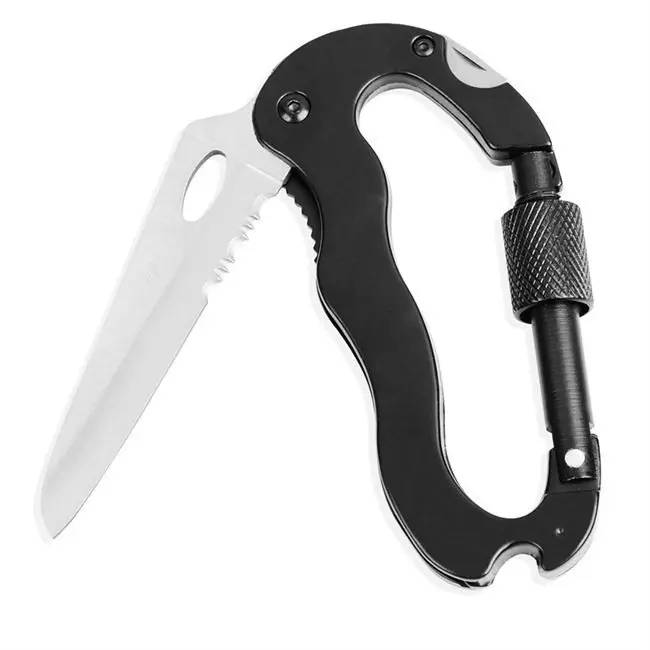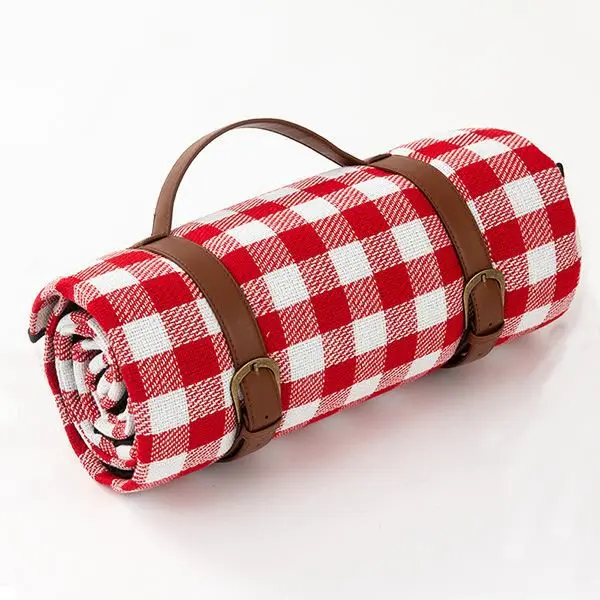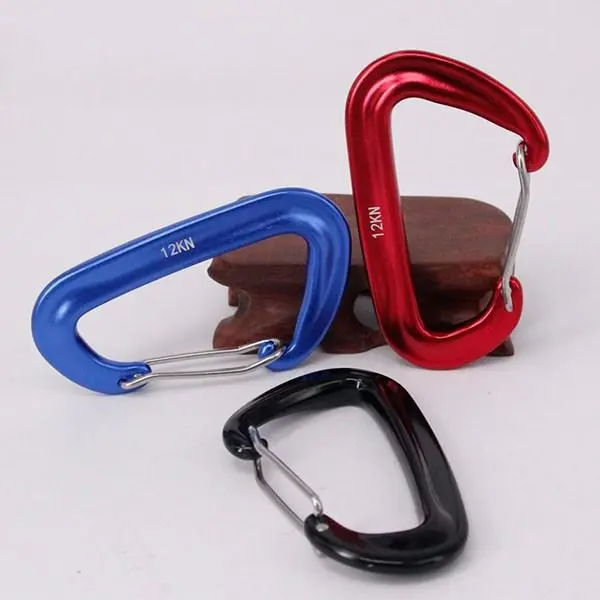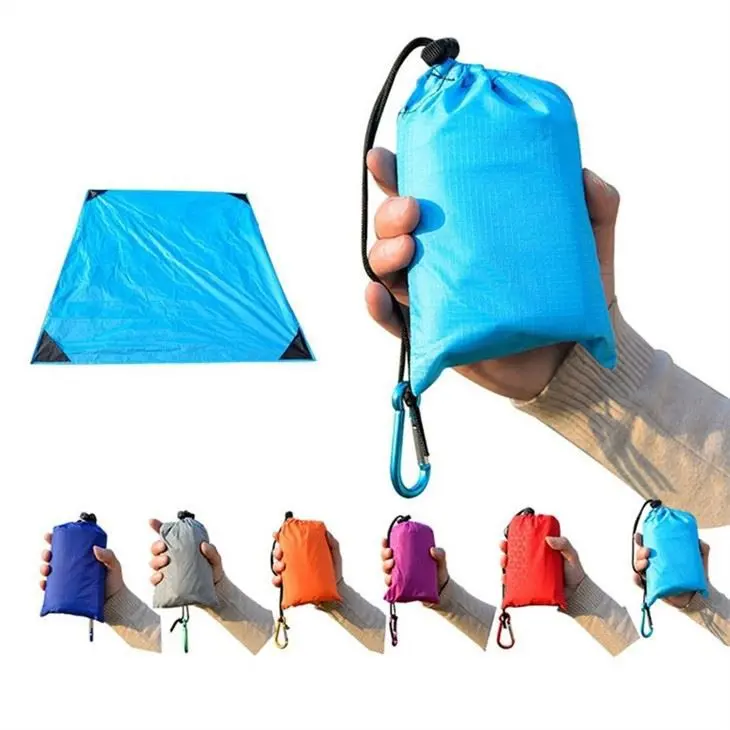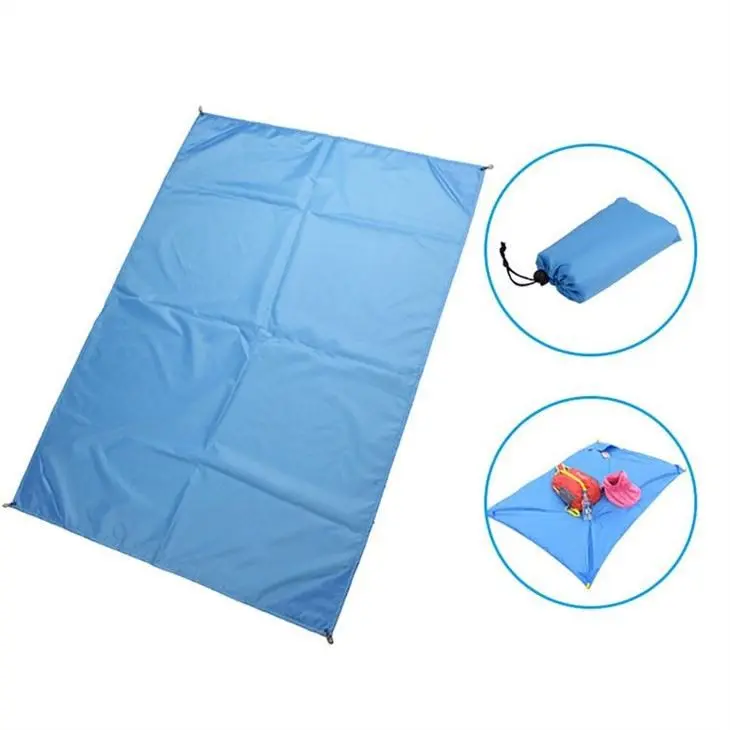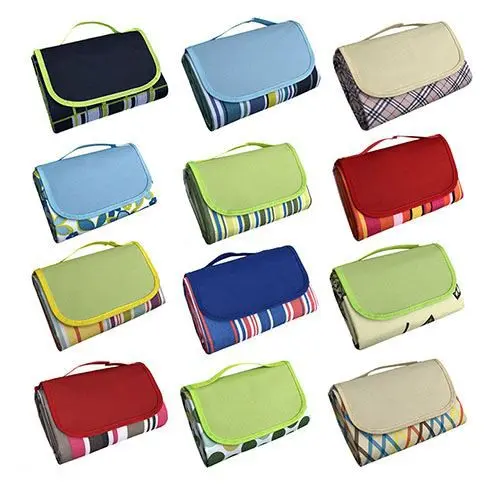The origin and development of raincoats
Raincoats originated in China. During the Zhou Dynasty, some people used the herb "Pili" to make raincoats to prevent rain, snow, wind and sun. This kind of raincoat is what people often call "coir raincoat". Around the Spring and Autumn Period, the ancients had invented an oilcloth raincoat. "Zuo Zhuan: The Twenty-seventh Year of Ai Gong" records: "Chen Chengzi made clothes and weapons." Du's note: "made, raincoat". Duan Yucai of the Qing Dynasty believed that the rain gear was not made of grass, like today's oilcloth clothes. According to research, at that time people already knew about dry oil plants such as tung oil and tung oil. The so-called oilcloth was a rainproof cloth made of tung oil or tung oil and dried on fabric. After the Northern and Southern Dynasties, the production of oilcloth raincoats took a further step. It could be processed on silk, and it could also be made of silkworm cocoon paper. In the Sui Dynasty, oilcloth was used to make raincoats. "Book of Sui" once recorded that Emperor Yang of the Sui Dynasty "entered the oil coat from left to right" when he was watching hunting and encountered rain. However, this kind of oilcloth raincoat is expensive and difficult for ordinary people to obtain. Only nobles can enjoy it.The raincoat of the Tang Dynasty was a combination of a raincoat and a raincoat. In "Yu Ge Zi" written by Zhang Zhihe of the Tang Dynasty, he said: "Green raincoat, green raincoat, no need to return in the slanting wind and drizzle", which truly describes the situation of working people wearing raincoats to work. . That’s why we say “green bamboo hat” and “green coir raincoat” because both are made of plant leaves. In the Tang Dynasty, there were also raincoats made of silk. For a long historical period, coir raincoats and hats were still popular raincoats, but with the development of social productivity, they were no longer thatched, but replaced by brown, and the production became more and more exquisite. In the Song and Yuan Dynasties, coir raincoats were rainproof jackets worn by army soldiers. During the Ming and Qing Dynasties, aristocrats also preferred coir raincoats and hats. For example, Jia Baoyu in "A Dream of Red Mansions" wore a "jade needle raincoat" made from jade grass on a rainy day, and wore a "golden rattan hat" made of thin strips of rattan skin and brushed with tung oil. ", arousing admiration from the girls. The raincoat has been used as rainproof clothing until the emergence of modern new plastic raincoats and gradually disappeared from people's vision. However, in some remote mountainous areas, you can still see coir raincoats made of plant fibers.

In 1747, French engineer François Freno used latex obtained from rubber wood and dipped cloth shoes and coats in this latex solution to make them waterproof. In a rubber factory in Scotland, England, there was a worker named McIndus. One day in 1823, while working, McIndus accidentally dripped rubber solution on his clothes. After he discovered it, he quickly wiped it with his hands. Unexpectedly, the rubber liquid seemed to have penetrated into his clothes. Instead of wiping it off, it was smeared all over. McIndus couldn't bear to get rid of the dress, so he still wore it to and from get off work. Soon, McIndus discovered that the rubberized parts of the clothing seemed to be coated with a layer of waterproof glue. Although it looked ugly, it was not waterproof. He simply coated the entire suit with rubber, and the result was a suit that could repel rainwater. With this new style of clothing, McIndus no longer has to worry about rain. This novelty spread quickly. When colleagues in the factory learned about it, they also followed McIndus's approach and made waterproof tape raincoats.

Later, the reputation of tape raincoats grew, attracting the attention of British metallurgist Parkes, who also began to study this special clothing. Parks found that rubberized clothing, while impermeable, was hard, brittle, unsightly, and uncomfortable to wear. Parks decided to make some improvements to this kind of clothing. It was not until 1884 that Parks invented the technology of using carbon disulfide as a solvent to dissolve rubber to make waterproofing products, and applied for a patent. In order to quickly apply this invention to production and transform it into commercial products, Parks sold the patent to a man named Charles. After that, raincoats began to be mass-produced, and the trade name "Charles Raincoat Company" soon became popular all over the world. However, people have not forgotten McIndus's contribution, and everyone calls the raincoat "McIndus". Since then, the word "raincoat" has been called "mackintosh" in English. After entering the 20th century, the emergence of plastics and various waterproof fabrics made raincoats increasingly rich in styles and colors. After the 1960s, raincoats made of plastic film or treated rainproof cloth became widely popular.

